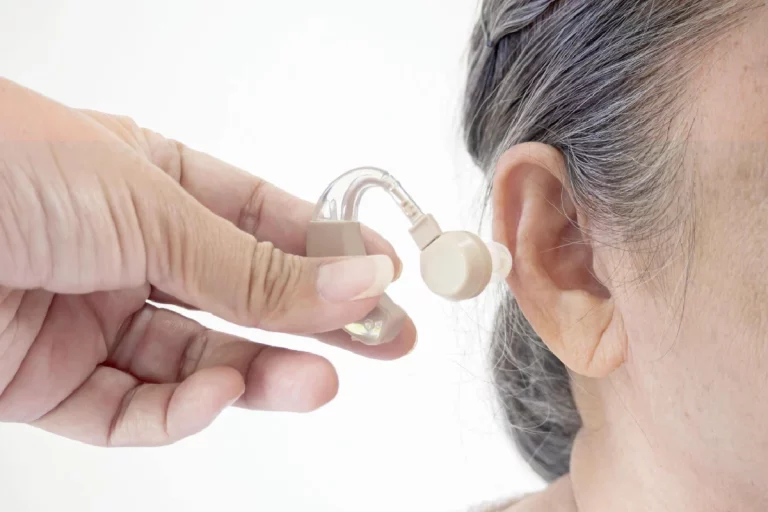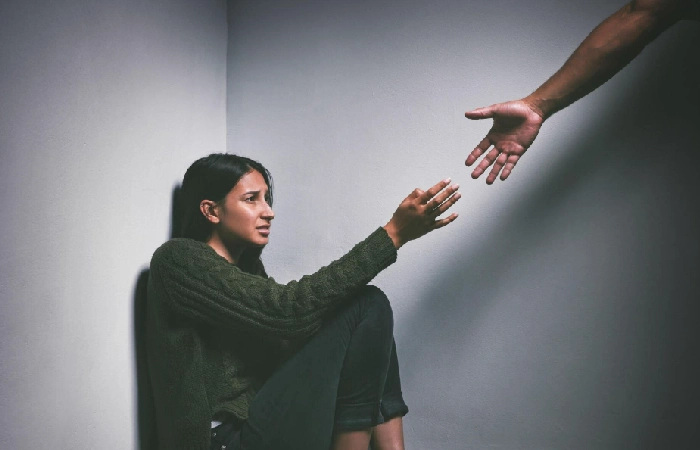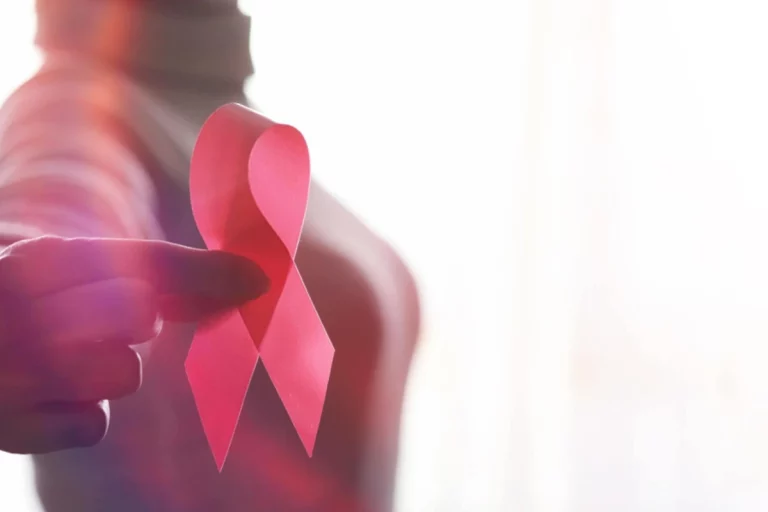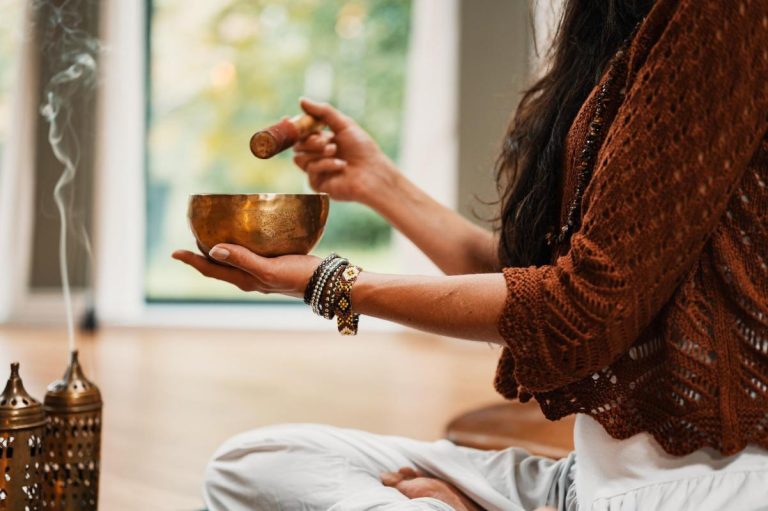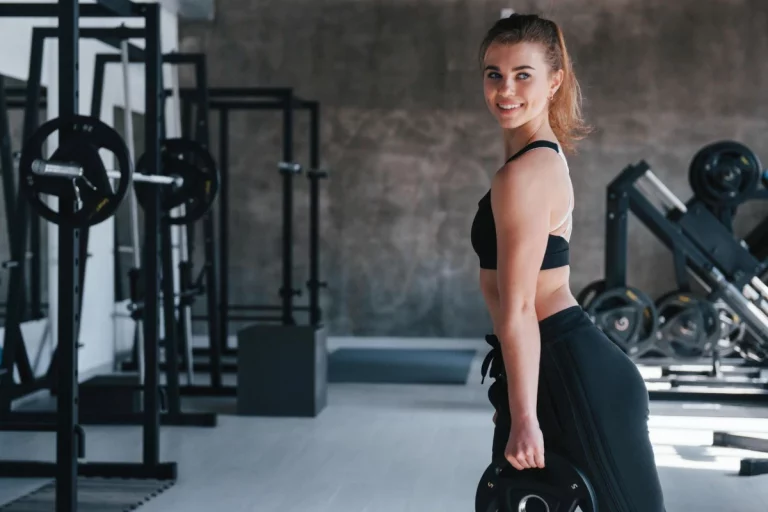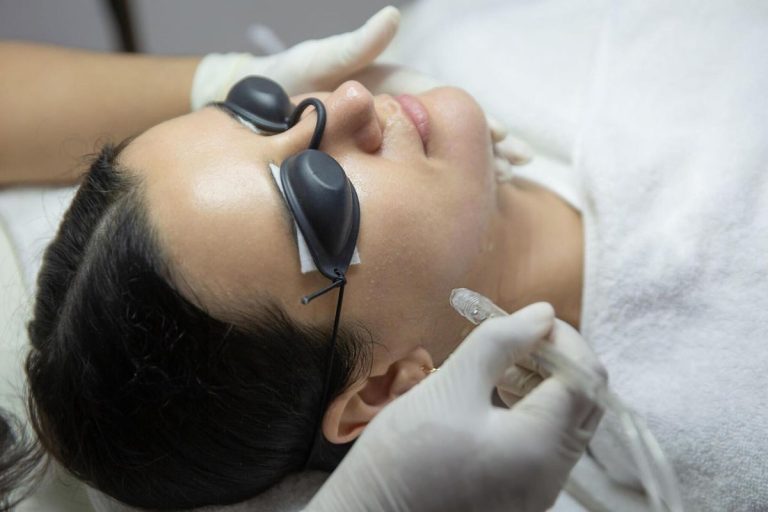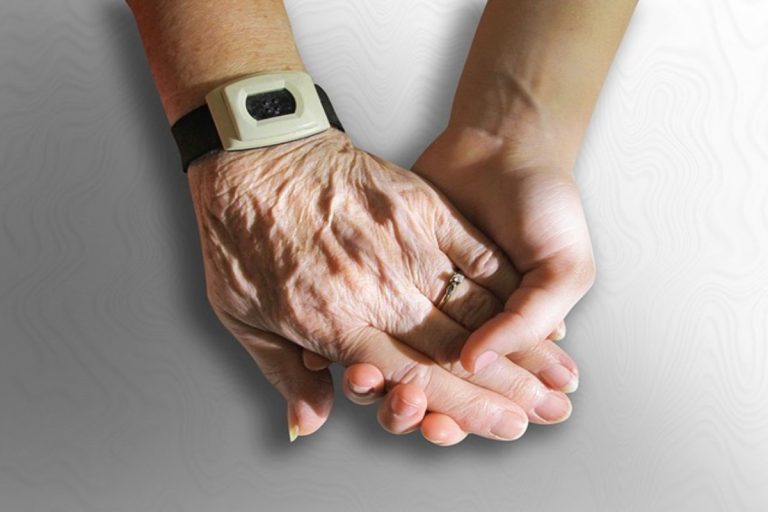Wearing glasses has in recent years become a cool fashion statement, taking the stigma out of poor eyesight. The same, however, can’t be said for wearing hearing aids and, therefore, hearing loss. But while hearing aids may never look fashionable, they have become incredibly discreet in recent times. Here we’ll review the most discreet hearing aids currently on the market.
Previously not only were most hearing aids clunky affairs that hooked noticeably over each ear, but they also didn’t provide excellent sound quality. It was, therefore, common for users to not put them on or have them turned on. Thus perpetuating the somewhat annoying reputation that users can have. Thank goodness technology has moved on, and now practically invisible devices deliver crystal clear sound.
Table of Contents
Tiny Device, Big Sound
The most discreet hearing aids on the market sit right down in the ear canal, making them barely visible to the casual observer. These devices are best for mild to moderate hearing loss and decent agility. Due to the small size, they can light on additional features with no manual controls, so bear that in mind before you start shopping.
Eargo
Eargoproduces several CIC (completely-in-canal)hearing aids that are an excellent choice for mild to moderate hearing loss. Boasting crisp, clear sound with improved speech clarity, you’ll enjoy conversation again. If you’re a glasses wearer as well, you’ll enjoy the comfort of hearing well without the bulk behind your ears.
As you can order Eargo products online, you can order them at your convenience. All you need is a current audiogram, which you can arrange through Eargo if required. Despite not being purchased in-store, Eargo offers lots of support, which means you’ll have your new hearing aids working in no time. And should you find after several weeks of use, they aren’t for you, there is a 45-day return period.
Phonak Lyric
If you prefer having your hearing aids fitted by a professional in person, then the Phonak Lyric is a good option. These CIC aids are fitted by a hearing specialist and then stay in place for a few months before being changed by your professional. The benefit of this is that you’re sure of the perfect fit every time. It also has the advantage of meaning you never need to worry about batteries, as you’ll get fresh batteries with each new set.
Other devices must rely mainly on microphones to pick up surrounding sounds. The beauty of these devices is that you sit far down your ear canal, allowing them to use anatomy to capture and amplify sound. By picking up the sound in the ear canal, you are provided with a natural listening experience. You’ll notice a lack of wind interference as well, which helps keep your sound clear.
Livio Edge AI
Starkey has an outstanding array of hearing aids in the Livio Edge AI range meaning you have an excellent choice for ultimate comfort. The largest style within this range is the receiver in-ear model, which sees a small earpiece tucked behind your ear while the inconspicuous receiver sits in the ear canal. Regardless of whether you choose to go for CIC or RIE, a range of colors is offered, meaning you can personalize your hearing aids also. All while still providing the utmost discretion regardless of the style chosen.
These aids are packed full of features that make them an attractive option for people with a range of hearing loss issues. The incorporation of AI means that your listening quality is constantly monitored and adjusted to give the best sound possible. Being Bluetooth enabled means you can stream phone calls and your favorite podcast direct to your ears as well. This means no more getting lost trying to follow conversations when you can’t see the speaker’s face.
When In-Ear Isn’t Enough
Being afflicted by a more severe hearing loss doesn’t mean you are lumbered with a large and unsightly Behind-Ear device. Technology has also moved on with these devices, meaning they are now more streamlined and attractive. These devices also have the advantage of having room for the full range of available features.
Audicus
When In-Ear devices are not appropriate, you need not despair about presenting to the world as a hearing aid user first and foremost. Audicus has several BTE hearing aids that are very small and discreet, with a stylish design to boot. The in-ear receiver piece sits comfortably in the ear canal connected to the main part by a clear plastic tube that blends into your ear.
The Audicus Spirit is packed with features in the discreet little case, including Bluetooth and rechargeable batteries. The handy app gives you complete control of your hearing aid settings right from your phone screen. You also have access to comprehensive aftercare support, so any issues you may come across can be dealt with quickly. That means no waiting around with impaired hearing while you wait for an appointment to get problems sorted.
Regardless of whether you suffer from only a mild hearing loss or a more severe loss, you’ll be able to find a comfortable and discreet hearing aid that suits your needs. No longer are your only options, bulky over-the-ear devices that stand out visually while not providing an outstanding hearing experience. Depending on your hearing loss levels, you can have anything from invisible CIC to slimline discreet behind ear devices.

